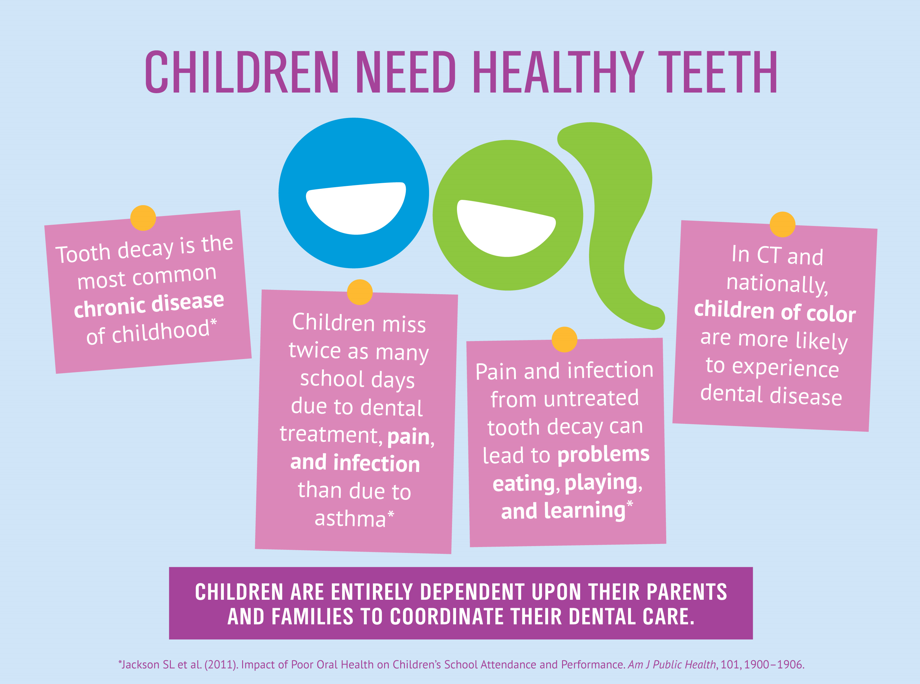Discover The Groundbreaking Advancements Transforming Oral Surgery. Check Out The Future Of The Area And Remain Successful. Click Currently For A Glance Right Into Tomorrow!
Discover The Groundbreaking Advancements Transforming Oral Surgery. Check Out The Future Of The Area And Remain Successful. Click Currently For A Glance Right Into Tomorrow!
Blog Article
Team Writer-Borg Mccall
Invite to the world of oral surgery, where developments and developments are shaping the future of the area! In this amazing world, you'll witness the transformative power of robotics, the cutting-edge marvel of 3D printing, and the game-changing impact of minimally intrusive techniques.
The future of dental surgery holds a promise of accuracy, performance, and improved patient outcomes. With the help of advanced robotics, doctors have the ability to perform intricate procedures with higher precision and control.
3D printing innovation is transforming the development of oral implants and prosthetics, providing customized solutions that fit flawlessly into each patient's distinct makeup.
Furthermore, minimally intrusive techniques are lowering post-operative discomfort and recovery time, allowing clients to go back to their every day lives earlier.
Prepare yourself to explore the exciting developments and advancements that are reshaping the landscape of dental surgery!
Innovations in Robotics
One major development in oral surgery is the use of robotic modern technology, which allows for accurate and reliable surgeries. With the help of robot systems, oral cosmetic surgeons have the capacity to carry out complex surgeries with enhanced precision, lessening the risk of human mistake.
These robot systems are equipped with sophisticated imaging innovation and accurate tools that make it possible for cosmetic surgeons to browse with intricate physiological frameworks with ease. By making use of robotic innovation, specialists can accomplish better surgical precision, resulting in boosted individual results and faster recovery times.
In addition, the use of robotics in oral surgery allows for minimally invasive treatments, reducing the trauma to surrounding tissues and promoting faster recovery.
3D Printing in Dental Surgery
To enhance the area of dental surgery, you can check out the subtopic of 3D printing in oral surgery. This cutting-edge modern technology has the potential to reinvent the method dental doctors operate and deal with individuals. Below are four crucial ways in which 3D printing is forming the field:
- ** Customized Surgical Guides **: 3D printing enables the creation of extremely exact and patient-specific surgical guides, improving the accuracy and effectiveness of procedures.
- ** Read Far more **: With 3D printing, oral specialists can create tailored implant prosthetics that flawlessly fit a client's distinct composition, leading to better end results and client complete satisfaction.
- ** Bone Grafting **: 3D printing makes it possible for the production of patient-specific bone grafts, lowering the need for traditional implanting techniques and improving recovery and healing time.
- ** Education and learning and Educating **: 3D printing can be used to create sensible medical designs for instructional objectives, enabling dental surgeons to exercise complex treatments prior to performing them on individuals.
With https://milojeztr.getblogs.net/65535491/discover-effective-techniques-for-handling-orthodontic-emergencies-and-decreasing-their-occurrence-protect-your-smile-from-dental-problems-click-now-for-expert-support to boost accuracy, customization, and training, 3D printing is an amazing growth in the field of oral surgery.
Minimally Invasive Techniques
To better advance the area of oral surgery, accept the potential of minimally intrusive methods that can substantially benefit both cosmetic surgeons and patients alike.
Minimally invasive methods are changing the area by decreasing surgical trauma, minimizing post-operative pain, and speeding up the healing procedure. These techniques involve making use of smaller lacerations and specialized tools to do procedures with precision and efficiency.
By using sophisticated imaging innovation, such as cone beam computed tomography (CBCT), cosmetic surgeons can precisely plan and perform surgical procedures with very little invasiveness.
In addition, using lasers in oral surgery enables precise cells cutting and coagulation, leading to minimized bleeding and minimized healing time.
With minimally invasive strategies, individuals can experience faster healing, decreased scarring, and enhanced results, making it a vital element of the future of oral surgery.
Conclusion
So, as you can see, the future of oral surgery is incredibly appealing, with exciting technologies and developments shaping the field.
From the innovations in robotics to the use of 3D printing and minimally intrusive strategies, oral specialists are reinventing the way they give treatment.
While some might fret about the possible expense associated with these advancements, it's important to remember that these innovations inevitably improve client outcomes and minimize healing time, making them well worth the investment over time.
